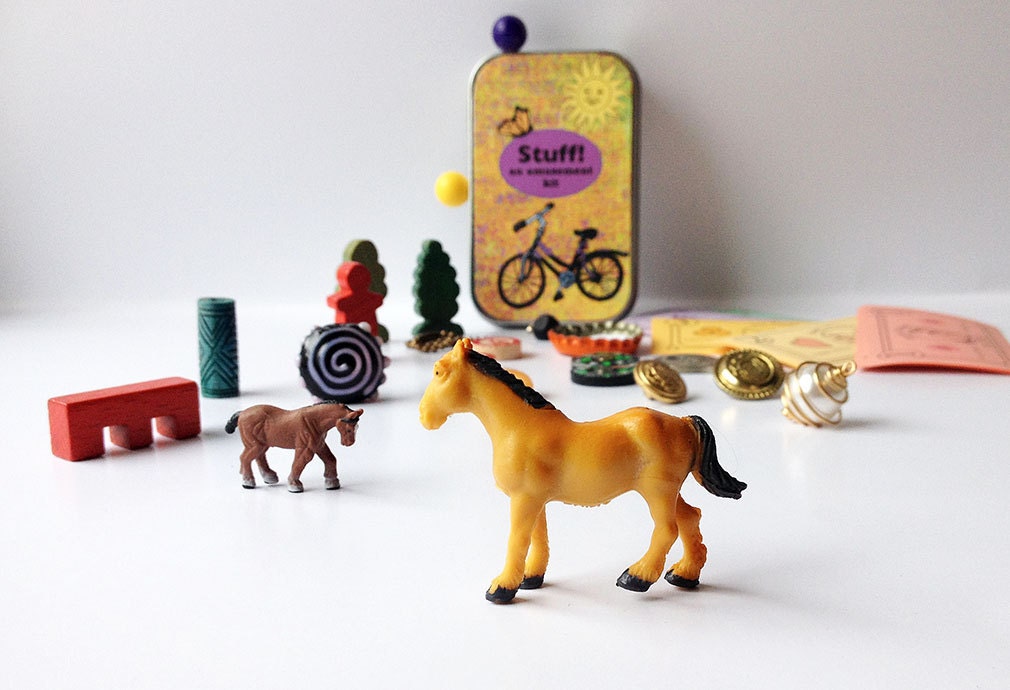It's called a cross-stitch binding, though I've also seen it called by other names, including a "corset" binding. In order to get the stitches to cross on the outside, you have to double back some on the inside of the signatures, so the fancier the X-pattern on the spine, the more stepping back and doubling up on the stitches you need to do on the inside, which can get a little tricky and may make the middles of those signatures a little bulky. Find a good demonstration and examples of this on Margarete Miller's website here. I agree with her conclusion that, while it's an attractive binding and kind of enjoyable to figure out, it's not something I want to do very often, because it's pretty fussy and the enjoyment diminishes after you've done a few of them.
These two small journals are made with a flexible cover-weight paper that has attractive striations on one side. I made them with a wrap-around cover and pockets in the back with the idea that they would make nice travel journals. They're about 4–5" high and wide, with moderately heavy paper that will take light use of wet media. The pockets are made from some large security envelopes I saved because I liked the pattern on the inside, and the paper was fairly heavy and durable.
The back cover wraps around and tucks into the front cover, where I put a circle of decorative paper and a white label so you can give your journal a title — or at least to make it clear which side is the front! But, seriously, I label my travel journals with the year and some reference to the contents, such as "2021 Road Trips," so I wanted to facilitate labeling them like that.
Come to think of it, I should do a post about my travel journals sometime. They're kind of a cross between a journal, a sketchbook, and a scrapbook. I guess that would make them visual journals. Anyway, I'll show you some examples of those next time.
Thanks for reading. These two journals will be available at my site during LoLa, which is coming up very soon! September 18–19 (2021), from 10 a.m. to 4 p.m. I'll be in my front yard with the journals and some other things on a table out there, and more items in the front porch for socially distanced browsing inside and out. My site is number 23, which you'll find on the LoLa website here. Or click on "Artists Directory" and enter my name (Sharon) into the search bar at the top (blue background).
Stop by and say hello if you're in town (Minneapolis, Minn., that is).


































